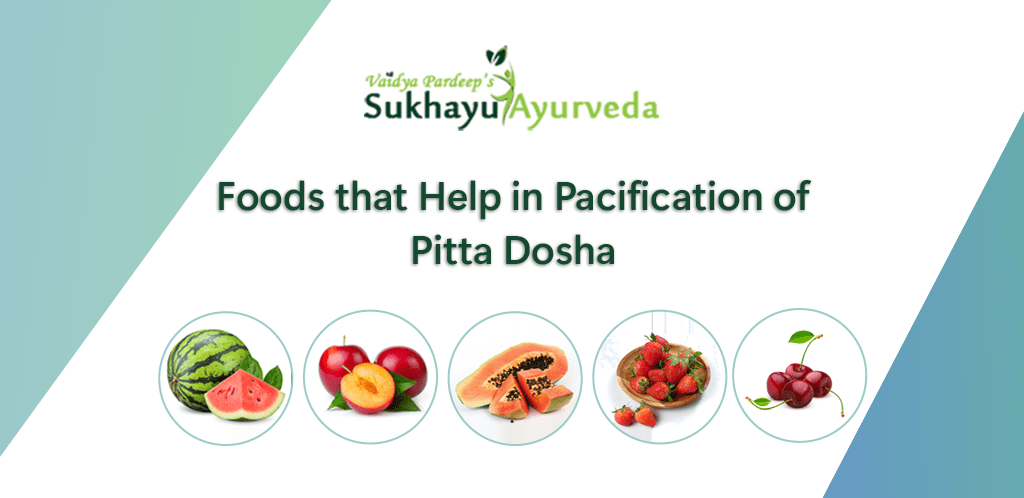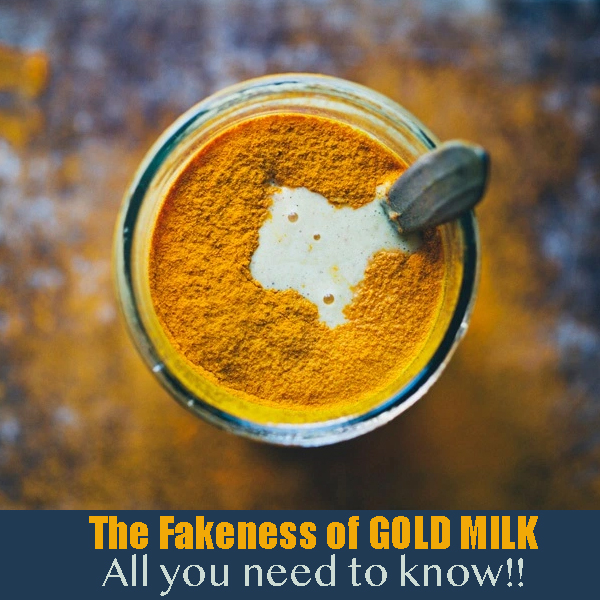Reducing Pitta Naturally- Sukhayu Ayurveda


Pitta Dosha is composed of the fire element, making it a hot and sharp energy that helps to direct metabolism. It represents the ideals of transformation, digestion, intelligence, and understanding. People who have a predominance of pitta dosha are full of ambition, courage, and determination. They tend to be quite organized and goal-oriented in their approach to life.
Physically, Pitta Dosha is responsible for digestion, metabolism, and energy production. It helps the body break down food into nutrients and absorb them properly so that we can make use of the energy they provide. Pitta also regulates body temperature and sweat production. Imbalances in pitta dosha can lead to gastrointestinal problems, skin irritations, and digestive issues.
Effectively Lowering Pitta Quickly:
Although it’s crucial to know how to balance pitta dosha, understanding what causes pitta imbalance in the body is also important. A lot of factors contribute to the accumulation of pitta dosha or pitta imbalance. Some of the most notable include:
- Eating too much or too little
- Eating spicy, fried, and sour foods
- Exposure to heat and humidity
- Overworking: Physically and Emotionally
Pitta-reducing Diet:
These simple and straightforward Pitta remedies, prescribed by Ayurveda, can help solving any Pitta imbalance in your body. These methods include a pacifying ayurvedic diet for Pitta doshas that cleanse the body of all harmful waste material as well as regular bowel movements for a healthier gut.
By including these activities in your daily routine, you can help to keep your body working correctly and staying healthy. This guide will show you how following a Pitta-pacifying diet can make managing Pitta Dosha easy while also making you feel good. Doing Yoga specifically designed for Pitta Dosha can also be helpful in balancing Pitta.
Foods that Help in Pacification of Pitta Dosha

To decrease Pitta dosha, consume a mix of fresh, cooling, grounding foods that are rich in carbohydrates. If you have an excess pitta dosha, take care to:
- Obviously, it is better to be cool than warm or hot.
- Food items that are lighter and more nourishing should take precedence over those that are dense or heavy.
- According to ayurveda, dry food is more grounding than wet or liquid meals and helps pacify pitta dosha.
- Foods and drinks that are mild in nature, like fresh juices, help pacify pitta better than those that are harsh or stimulating, like alcohol or caffeine-based drinks.
Curious about how you can lower pitta quickly? Diet may be the answer. Check out this suggested meal plan.
To control pitta dosha, eat fresh fruits and vegetables. Fruits that are sweet to taste and slightly astringent help pacify pitta. When choosing pitta-pacifying foods, it is essential to identify the tastes as anything sweet can be advantageous, but a fruit or vegetable with a bitter taste can have harmful consequences. It’s best to eat fruits, vegetables, and juices on their own rather than as part of a meal. This way, you’ll properly digest the food and make the most of your diet. Ideally, have them 30 minutes before or an hour after eating.
Pitta Reducing Fruits
Here are a few of the fruits which help in pacifying the Pitta Dosha. A list is here
- Apples,
- Apricots,
- Berries,
- Cherries,
- Coconut,
- Dates,
- Pear,
- Papaya,
- Plums,
- Pomegranate,
- Mango,
- Orange,
- Melons,
- Watermelon,
- Strawberries,
- Figs, and
- Grapes.
If food tastes bitter and is included in the pitta pacifying foods list, get rid of it.
Vegetables that Pacify the Pitta Dosha
When something is commonly available that can help you, this will certainly help you. So here is the list of the vegetables that will help you in the pacification of the Pitta Dosha.
- Sweet potato,
- Spinach,
- Lettuce,
- Okra,
- Cucumber,
- Potatoes,
- Leafy greens, and
- Mushrooms.
- Avocado,
- Broccoli,
- Cauliflower,
- Celery,
- Cilantro/coriander,
- Peas,
- Pumpkin,
- Radishes,
- Cabbage,
Grains which Help Pacification of Pitta Dosha
Here are grains that are beneficial to the pacification of Pitta Dosha
- Quinoa,
- Barley,
- Couscous,
- Oats,
- Granola,
- Wheat,
- Tapioca,
- Wheat bran,
- Pasta,
- Pancakes,
- Amaranth and
- Rice (basmati)
There are some grains that aggravate the Pitta Dosha:
Corn, buckwheat, millet, museli, rye, polenta, and brown rice- these are the one that needs to avoid completely when Pitta aggravation.
Dairy Products for Pitta
- Unsalted butter,
- Cow’s milk,
- Cottage cheese,
- Goat’s cheese,
- Ghee,
- Ice cream,
- Yogurt and
- Goat’s milk
This is the list of dairy products that are helpful in the pacification of the Pitta Dosha.
Yoga Asanas for Pitta Pacification
Here are five Yoga Asanas which can help you with the fixation of the aggravated Pitta and you can lead a normal life ahead and avoid some of the diseases caused by aggravated Pitta Dosha.
Camel Pose (Ushtr Asana)
Camel pose is a great asana for pacifying Pitta dosha as it helps to cool and calm the body. This pose activates the liver, pancreas and small duodenum- the main place for Pitta Dosha. Therefore balances the Pitta Dosha to the root.
Child’s Pose (Bala Asana)
The child’s pose is another excellent asana for pacifying Pitta dosha. This pose helps to relax the mind and body, and can also help to relieve stress and anxiety. Additionally, a child’s pose can help to stretch the back and hips, and can also help to improve digestion and improves the Agni.
Corpse Pose (Shava Asana)
The Corpse pose is a perfect asana for Pitta types as it helps to completely relax the body and mind. This pose can also help to improve circulation and can be helpful in relieving headaches and fatigue. For intellectually active persons who are stressed it works like wonders in pacifying Pitta Dosha.
Easy Pose (Shukha Asana)
This asana is a great way to calm the mind and body, and is perfect for beginners. It helps to stretch the back, hips, and shoulders, and can also be used as a resting pose between more challenging asanas.
Legs Up the Wall Pose
Legs up the wall pose is a great asana for pacifying Pitta dosha as it helps to cool and calm the mind and body. This pose also helps to improve circulation and can be helpful in relieving headaches, fatigue, and stress.
By following these simple hacks for Pitta pacification which can help you in normalising the life ahead.














